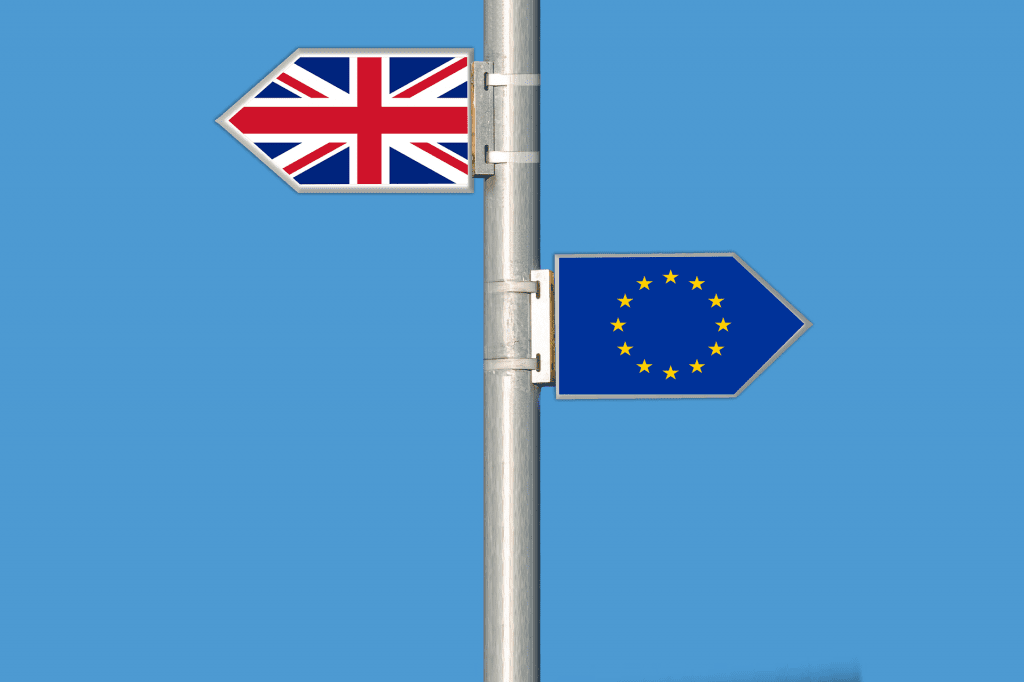Brexit has caused a myriad of problems for businesses in the UK. In fact, many organizations have—and are continuing—to adapt to this new and perplexing payments ecosystem.
The Effect on the UK Payments Industry
Over the last decade, the Payment Services Directive Two (PSD2) has been making headway, creating a “single competitive payments market for Europe.” This has helped ensure that payments made between the UK and EEA (European Economic Area) would be considered “domestic” and essentially require less burdensome payment data requirements. However, with the establishment of Brexit, the UK was cut off from this market, resulting in significant problems with the UK conducting business with the EU.
Since Brexit, there have been some reforms made on the UK payments industry, particularly having to do with cross-border regulations. This has resulted in businesses having to follow stringent cross-border payment restrictions as well as overhauling their payment management, acceptance, processing, and reconciliation operations.
Although some businesses have managed to execute this successfully, others have not been so lucky. As payment preferences differ by region, businesses must ensure that they are implementing the appropriate tools and tactics to boost authorization rates, customer satisfaction, as well as revenue.
Also, under the Funds Transfer Regulation of the European Union, transferring money between the EU and the UK means that more information is required. Initially, only the payer and payee’s names and account numbers were required. With this new regulation, the dates and places of birth, customer identification numbers, official personal document numbers, and even addresses are now required.
Business Must Remain Agile
To address these challenges and offer solutions to thrive within this complex environment is to seek out more service integration. This is better than implementing a fragmented approach to seeking solutions that are limited to one specialty.
Businesses should look beyond using solutions that can only facilitate NFC touchpoints or plastic cards, customers should be able to complete their purchases via an app.
The number of mobile phone ownership continues to grow worldwide, along with mobile commerce. This has led to more mobile payment methods such as digital wallets. As we move to a more digital space, it will be critical to make mobile payments accessible to widen customer reach.
